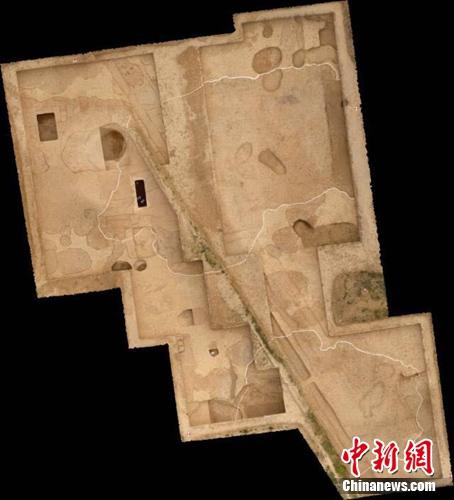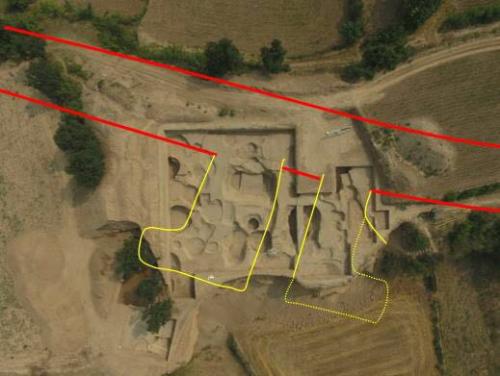Green Party: Tory-DUP coalition of cruelty would put women’s rights at threat

10 June 2017
Amelia Womack, deputy leader of the Green Party, has warned that a coalition between the Conservatives and the DUP is bad news for women everywhere.
The DUP has 10 MPs and received fewer than 300,000 votes. Womack’s party returned just one MP – Caroline Lucas in Brighton Pavilion – this week despite getting more than 500,000 votes.
Womack said:
“The Tory-DUP coalition of cruelty is bad news for women. We may have seen a record number of women gain seats in the Parliament this week, but the 10 MPs of the anti-abortion, anti-equal marriage DUP look set to have a disproportionate influence which should concern us all.
“The DUP’s obstruction to legal abortion in Northern Ireland has left many women in dire circumstances, forced to travel to England where they are not entitled to NHS-funded terminations or face prosecution for seeking help at home.
“It is deeply concerning that a party responsible for so much pain could be in a position to exert so much influence. Women’s rights are under threat and we must work together to stop a lurch to the right under a Tory-DUP alliance.”
read more


